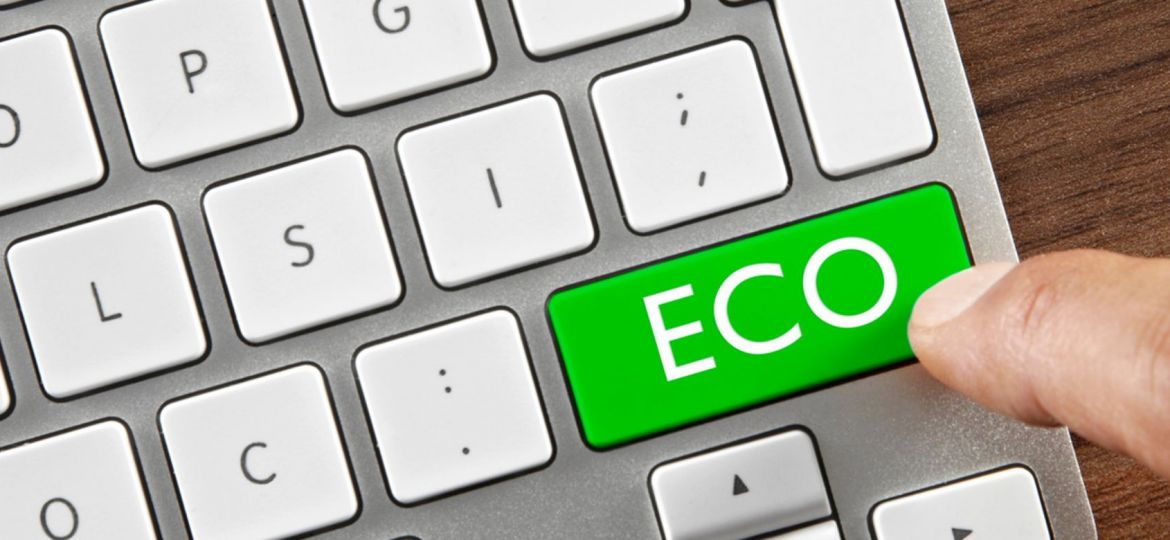
Did you know? Thanks to an eco-design approach, the carbon impact of a book scanner can be drastically reduced, cutting its environmental footprint in half.
As digital technology becomes an increasingly important part of our daily lives, the associated greenhouse gas emissions are rising at a worrying rate, with alarming projections for 2025. Faced with this reality, the need to reduce these emissions at every level of the digitization chain is becoming imperative. It is with this in mind that the eco-design of scanners plays an essential role, offering a promising way for mitigating the environmental impact of heritage digitization.
i2S has recently begun a process of integrating eco-design data as part of its ongoing commitment to sustainability. Focusing on the continuous improvement of its products, this initiative aims to integrate environmental criteria right from the design phases. Through this approach, i2S seeks to enhance the ecological performance of its solutions, aligning its values with a proactive approach to reduced environmental impact.
The eco-design process
The approach consisted of analysing each stage in the life cycle of the Quartz scanner in order to identify the most environmentally damaging aspects. The various phases taken into account are design, assembly, logistics, use of the scanner, recyclability of the product and, finally, end of life. This exhaustive approach has enabled targeted corrective action to be taken.
Impact criteria and significant reduction thanks to the Quartz USB3 scanner
Of the scanner’s overall environmental impact, three criteria account for 37%, and they are of particular concern in the areas of scanner use and product design, which were found to be the two biggest items in the product life cycle analysis. These criteria are climate change*, use of minerals and metals**, and use of fossil resources***. Switching to Quartz USB3 significantly reduced these three criteria: climate change by -53%, use of minerals and metals by -50%, and use of fossil fuels by -49%.
reduction strategy
Targeted strategies have made it possible to reduce these criteria. As far as the use of scanners is concerned, a drastic reduction in consumption while increasing scanning speed has been implemented. In addition, our scanners are assembled in our factory in France, whose electricity production is considered to be low in CO2 emissions. We also strongly encourage our customers to opt for green electricity when using the scanner, reinforcing our commitment to a reduced environmental footprint at every stage of the process.
A key aspect of the eco-design of book scanners is optimising energy consumption. Thanks to the use of energy-saving technologies such as low-power LEDs and intelligent standby modes, our Quartz scanners significantly reduce their environmental impact while maintaining optimum performance.
In terms of design, the choice of recycled or low environmental impact materials is a priority. What’s more, the modular design of our Quartz makes them easy to dismantle and recycle at the end of their life, minimising the amount of waste.
A sustainable future for all our product ranges
As the world continues to grapple with ecological issues, the eco-design of book scanners is emerging as an innovative and necessary response. This move towards more environmentally-friendly technologies shows that we can reconcile technological progress with environmental responsibility.
i2S now has a lifecycle calculation tool to assess the impact of our designs and choices when creating a product. This is part of a wider vision, with a commitment to extend this approach to all our ranges. In this way, we aim to offer scanners that are more sustainable and more respectful of the environment, helping to preserve our planet for future generations.
* Climate change: the best-known indicator, corresponding to climate change affecting the global ecosystem (kg CO2 eq).
** Use of minerals and metals: Corresponds to the depletion of non-renewable mineral resources: copper, potash, rare earths, sand, etc. (kg Sb eq)
***Use of fossil fuels: Corresponds to the depletion of non-renewable energy resources: coal, gas, oil, uranium, etc. (MJ)
